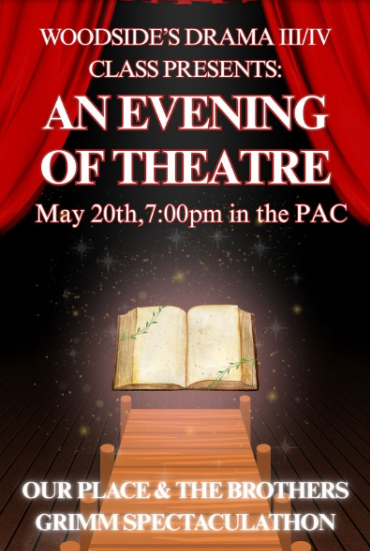True to her word, Taylor Swift has “come back stronger than a ‘90s trend.” With her newest album, “Evermore,” Swift’s artistry shines alongside melodies both contemporary and reminiscent of some of her earliest albums.
Released in December 2020, “Evermore” is the sister album to “Folklore,” coming only five months after the release of “Folklore” in July. Though both albums were surprise releases, Swift is known for her distinct eras created by the feel of their defining albums, making a sister album even more unconventional.
This change isn’t unwelcome — “Evermore” retains the authenticity and superb production of “Folklore,” but it introduces a country/folk sound that allows “Evermore” to stand out on its own as well. Whereas “Folklore” felt almost ethereal, “Evermore” is undeniably heartfelt. In its wealth of intricate lyricism, gentle instrumentals, and soft vocals, the album somehow creates a genuine and warm atmosphere amidst songs of infidelity and harmful relationships.

In “Evermore,” Swift dives more deeply into the world of storytelling that “Folklore” created. “No Body, No Crime,” a collaboration with pop-rock group HAIM, depicts a murder mystery set to twangy country instrumentals and steadily paced lyrics. “Dorothea” reflects on the title character’s Hollywood success, as told by a childhood friend, while “Tis the Damn Season” likely focuses on Dorothea’s return to her small town for the holidays. Each track unfolds a tale for the listener to unravel, some rooted in Swift’s own life, many in fantasy. Swift flaunts her writing in “Evermore,” and its resulting storybook quality is both unique and comfortingly familiar all at once.
Swift returns to her country roots more than ever before, and it pays off, faintly bringing her earliest albums to mind and introducing an element of nostalgia. The album’s understated instrumentals admirably emphasize Swift’s vocals as she explores new takes and perspectives on relationships, heartbreak, and remorse. The more upbeat elements of the album — such as the smooth cadence of “Gold Rush” and the buoyant chorus of “Long Story Short” — manage to add livelihood without interrupting the overall peace.
However, “Evermore” is cohesive to a fault. Though slightly understandable for its hour-long run time, a few songs require more distinction to be particularly noteworthy. Keeping track of which song is which takes more than one listen, and “Coney Island (feat. The National)” just isn’t memorable. Oddly, the deluxe version’s two bonus tracks are some of the most distinctive.
But despite moments of repetition, “Evermore” is an outstanding album that shines as yet another example of Swift’s artistry and masterful storytelling.












